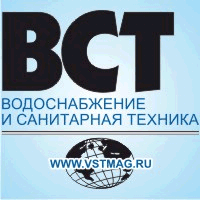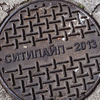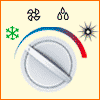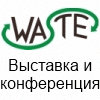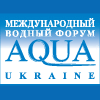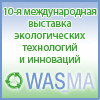bbk 000000
УДК 628.162:620.3
Кофман В. Я.
Наночастицы металлического железа для очистки подземных вод (обзор зарубежных изданий)
Аннотация
Представлен зарубежный опыт использования технологии очистки подземных вод с помощью наночастиц металлического железа. Технология инжекции наночастиц позволяет доставить их через нагнетательные скважины практически в любую точку на любой глубине бассейна подземных вод. Ограничения диктуются только экономическими факторами. Количество и размещение скважин определяется геологическими и геохимическими условиями загрязненного участка, которые должны быть изучены. Реализации проекта предшествуют исследования, призванные определить необходимый состав и концентрации суспензии наночастиц железа, оборудование для инжекции, размещение и глубину скважин, рабочее давление и расход суспензии, продолжительность обработки.
Ключевые слова
загрязняющие вещества , инжекция , наночастицы металлического железа , подземные воды , скважина
Дальнейший текст доступен по платной подписке.
Авторизуйтесь: введите свой логин/пароль.
Или оформите подписку
Список цитируемой литературы
- Crane R. A., Scott T. B. Nanoscale zerovalent iron: Future prospects for an emerging water treatment technology // Journal of Hazardous Materials. 2012. № 211–212.
- Walker T., Cloete J. Nanotechnology and water treatment: application and emerging opportunities // Critical Reviews in Microbiology. 2008. № 34.
- Ji M.K., Park W.B., Khan M., et al. Nitrate and ammonium ions removal from groundwater by hybrid system of zerovalent iron combined with adsorbents // Journal of Environmental Monitoring. 2012. № 14 (4).
- Gupta A., Yunus M., Sankararamakrishnan. Zerovalent iron encapsulated chitosan nanospheres – A novel adsorbent for the removal of total inorganic Arsenic from aqueous systems // Chemosphere. 2012. № 86 (2).
- Shi C., Wei J., Jin Y., et al. Removal of viruses and bacteriophages from drinking water using zerovalent iron // Separation and Purification Technology. 2012. № 84.
- Cundy A. B., Hopkinson L., Whitby R. L. D. Use of ironbased technologies in contaminated land and groundwater remediation: a review // Science of the Total Environment. 2008. № 400.
- Mace C., Desrocher S., Gheorghiu F., et al. Nanotechnology and groundwater remediation: a step forward in technology understanding // Remediation. 2006. № 6.
- Pat. 7,022,256, US. Iron particles for purifying contaminated soil or groundwater / Uegami M., Kawano J., Okita T., et al. 2006.
- Tiraferri A., Chen K. L., Sethi R., Elimelech M. Reduced aggregation and sedimentation of zerovalent iron particles in the presence of guar gum // Journal of Colloid and Interface Science. 2009. № 324.
- Wei Y.T., Wu S.C., Yang S.W., et al. Biodegradable surfactant stabilized nanoscale zerovalent iron for in situ treatment of vinyl chloride and 1,2dichloroethane // Journal of Hazardous Materials. 2012. № 211–212.
- Lerner R. N., Lu Q., Zeng H., Liu Y. The effects on the transport of stabilized zerovalent iron nanoparticles in saturated porous media // Water Research. 2012. № 46 (4).
- Zhang W.X., Wang C.B., Lien H.L. Treatment of chlorinated organic contaminants with nanoscale bimetallic particles // Catalysis Today. 1998. № 40.
- Su J., Lin S., Chen Z., et al. Dechloration of ochlorophenol from aqueous solution using bentonite supported Fe/Pd nanoparticles: Syntesis, characterization and kinetics // Desalination. 2011. № 280 (1–3).
- Noubactep C., Care S., Crane R. A. Nanoscale metallic iron for environmental remediation: prospects and limitations // Water, Air & Soil Pollution. 2011. № 223 (3).
- Pisanic T., Blackwell J., Shubayev V., et al. Nanotoxicity of iron oxide nanoparticle internalization in growing neurons // Biomaterials. 2007. № 28.
- Tratnyek P. G., Johnson R. L. Nanotechnologies for environmental cleanup // Nanotoday. 2006. № 1.
|


